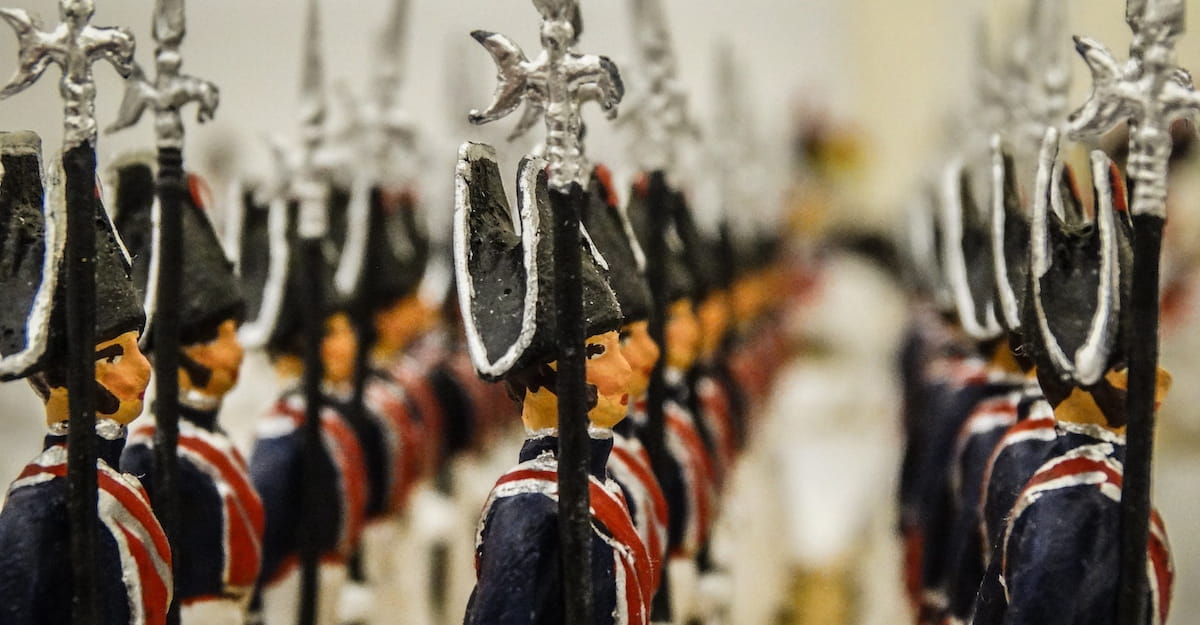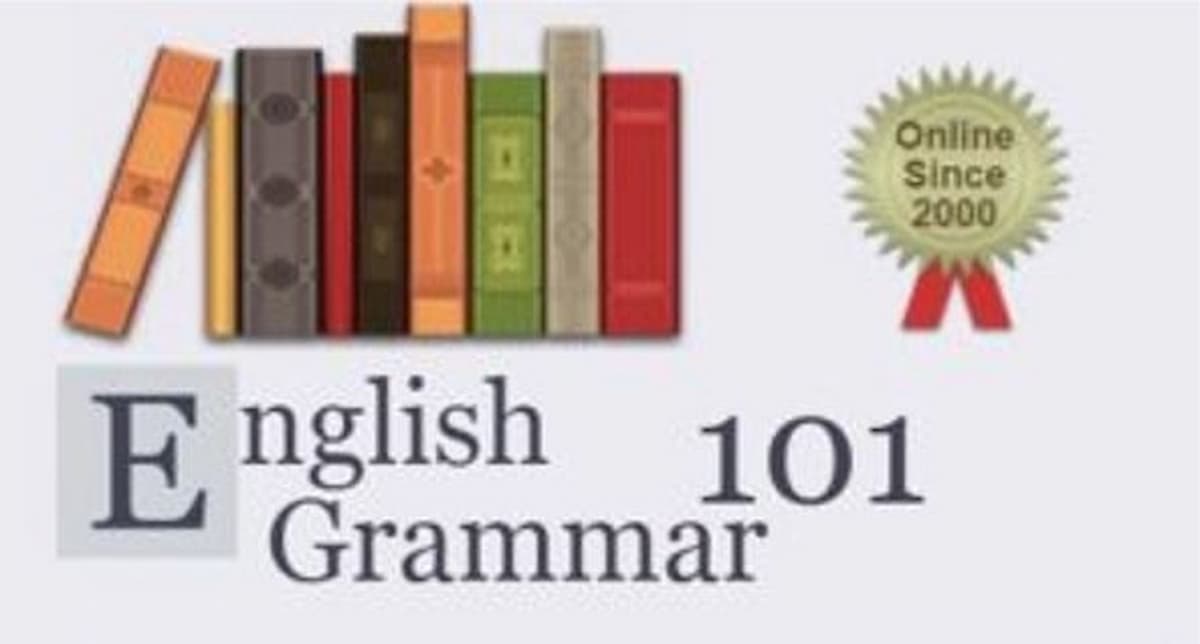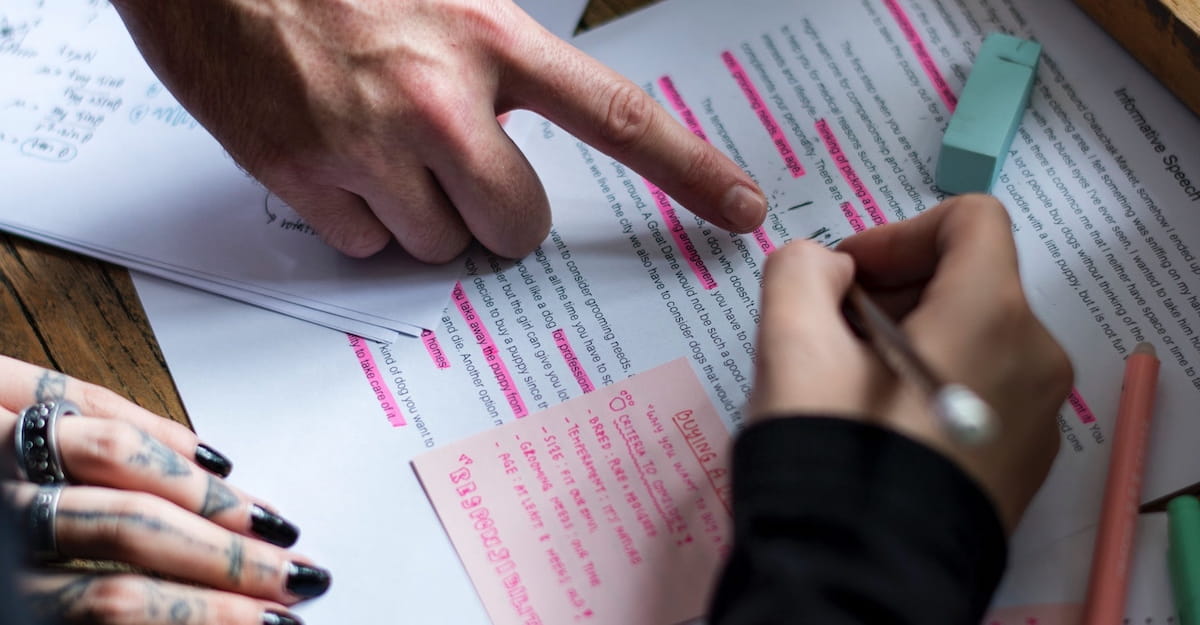
Commas have so many uses in the English language that it is no surprise comma splices appear all throughout our students’ writing. We might applaud their efforts for wanting to use this handy piece of punctuation, but when students start using commas willy-nilly and placing them wherever they like, it’s time to pull out the heavy artillery; we must win the war against the comma splice.
What is a Comma Splice?
A comma splice is simply the use of a comma (and only a comma) to join two independent clauses. In essence, it’s attempting to “splice” or join together these two clauses:
How to Fix Comma Splices
Comma splices are sometimes confused with run-on sentences, but run-on sentences occur when independent clauses are improperly connected without the use of a comma:
> Kimberly is great at baking all kinds of cookies snickerdoodles are her specialty.
> William Shakespeare was a playwright he was born in Stratford-Upon-Avon.
> This sentence is a comma splice that is a fact.
So, let’s try to understand why comma splices even occur in the first place. Knowing the cause will help us pinpoint the issue.
Why do Comma Splices Appear in Student Writing?
Let’s get to the root of this issue. The most common reason why comma splices show up in students’ writing is that they have been taught the adage that they should insert a comma anywhere in a sentence where they would take a breath. While simple rules like this come in handy for beginning writers, it can be greatly misleading if students are never taught what comma splices are in the first place or how to edit them in their writing.
Another reason comma splices tend to appear in students’ writing is that students sometimes have difficulties understanding the difference between independent clauses and dependent clauses. When these clauses appear in the same sentence, they have their own set of rules as to how they can be joined together, and many times students are unaware of what these rules are.
Be sure to address the differences between independent and dependent clauses when teaching students how to avoid comma splices. Using dependent clauses as introductory elements is an excellent way to vary sentence structures and to create complex or compound-complex sentences, but it’s important that students understand how to properly punctuate these introductory clauses. This video lesson on using commas with introductory clauses is a good resource.
How Can Comma Splices be Corrected?
So, let’s look at three ways in which we can correct comma splices in writing. Let’s use the first example sentence from above:
Kimberly is great at baking all kinds of cookies, snickerdoodles are her specialty.
Correction #1: Break the comma splice into two separate sentences. You can do this by replacing the comma with a period and simply capitalizing the first word of the next independent clause.
Kimberly is great at baking all kinds of cookies. Snickerdoodles are her specialty.
Correction #2: Add a comma and a coordinating conjunction between the two independent clauses.
Kimberly is great at baking all kinds of cookies, and snickerdoodles are her specialty.
Correction #3: Use a semicolon in place of the comma.
Kimberly is great at baking all kinds of cookies; snickerdoodles are her specialty.
While the comma can be a versatile piece of punctuation, it can also be a double-edged sword in writing. When used properly, it can create the most compelling, descriptive, or engaging sentences, but when used improperly, the comma can inflict more damage to a writer’s credibility than one might expect. As teachers, let’s win the war on comma splices and help our students become the best writers they can be.
Read More

English Grammar 101 Alternatives

When You Ask for Analysis but You Get Summary Instead

Establishing Confident Writers Through Creativity and Self-Expression

Brainstorming Through Writer’s Block

Four Steps to Teaching Your Students Adverbs

How to Fire Your Internal Critic

What Just 10 Minutes of Daily Journaling Can Do for Student Writing



